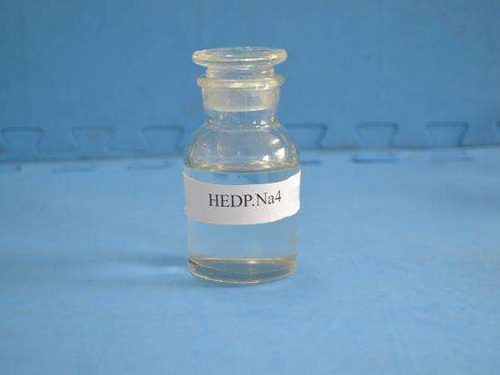The Role of Polyaluminium Chloride in Enhancing Water Treatment Efficiency and Purity Standards
Polyaluminium Chloride A Key Player in Water Treatment
Water is an essential resource for life, and ensuring its quality is critical for public health and environmental sustainability. Among the various chemical coagulants used in water treatment, Polyaluminium Chloride (PAC) has gained significant recognition for its effectiveness and efficiency in purifying water. This article delves into the characteristics, advantages, and applications of PAC in the field of water treatment.
Polyaluminium Chloride is a polymeric form of aluminium chloride and is primarily used to remove suspended particles and impurities from water. It is produced through the hydrolysis of aluminium chloride, resulting in a product with a high charge density and polymeric structure, which enhances its coagulation properties. The unique structure of PAC allows it to effectively bind with a wide range of contaminants, including organic matter, turbidity, and colloids.
Polyaluminium Chloride A Key Player in Water Treatment
The mechanism of action of PAC in water treatment involves destabilizing the colloidal particles present in water. When PAC is added to the water, it creates positively charged particles that attract negatively charged impurities. This attraction causes the particles to clump together—a process known as flocculation. The larger clumps (or flocs) then settle at the bottom of the treatment tank, allowing for easier removal of the contaminants. The settled sludge can then be disposed of or treated further, contributing to the overall efficiency of the water treatment process.
polyaluminium chloride water treatment

Another notable benefit of using PAC is the reduction of chemical residuals in treated water. Unlike other coagulants, PAC results in minimal sludge production, which makes the overall treatment process more environmentally friendly. The decreased volume of sludge also minimizes the costs and complexities associated with sludge disposal and management.
Moreover, the use of PAC is not limited to municipal water treatment plants. It is widely employed in various industries, including paper and pulp, textile, mining, and food processing. In these applications, PAC is utilized for processes such as dewatering, pigment removal, and wastewater treatment, showcasing its versatility and effectiveness in diverse environments.
However, despite its many benefits, the application of PAC is not without considerations. Operators of water treatment facilities must carefully manage the dosage and monitor the treatment process to ensure optimal performance. Overdosing can lead to increased residuals, while underdosing may result in insufficient purification. Continuous monitoring and testing are crucial to maintain the balance and achieve the desired water quality.
In conclusion, Polyaluminium Chloride is a vital coagulant in the arena of water treatment, offering various advantages such as cost-effectiveness, versatility, and reduced environmental impact. Its ability to efficiently remove impurities makes it a preferred choice in both municipal and industrial sectors. As water scarcity and quality issues continue to pose challenges globally, the importance of effective water treatment solutions like PAC cannot be overstated, paving the way for cleaner, safer water for communities and industries alike.
-
Understanding Polycarboxylic Acids: Properties, Applications, and Future PotentialNewsJul.28,2025
-
Scale Inhibitor Explained: How to Protect Your System from Limescale and Hard Water DamageNewsJul.28,2025
-
Scale and Corrosion Inhibitors: Essential Chemicals for Industrial Water System ProtectionNewsJul.28,2025
-
Polyaspartic Acid: A Biodegradable Polymer for Sustainable ChemistryNewsJul.28,2025
-
Isothiazolinones: A Versatile Antimicrobial Class with Industrial Power and Regulatory ChallengesNewsJul.28,2025
-
A Deep Dive into 2-Phosphonobutane-1,2,4-Tricarboxylic Acid (PBTC)NewsJul.28,2025





